Water Environments Pond-Based Ecosystems
Restoring Meaning Through Aquatic Gardening
Water gardening is not merely a technique—it is a ritual of ecological restoration. Ponds and aquatic beds offer a unique canvas for biodiversity and symbolic stewardship. Unlike soil-based gardens, water environments demand a different rhythm and logic. They teach patience, observation, and the art of balance. The goal is not just to grow but to restore. Water environments require different rituals and tools. They challenge conventional gardening norms and invite deeper ecological literacy.
Understanding Aquatic Ecosystems – The Foundation of Pond Gardening
Aquatic ecosystems are shaped by water chemistry, light, temperature, and biological interactions. Ponds are closed systems that rely on balance between flora, fauna, and microbial life. Oxygen levels fluctuate based on plant density and water movement. Nutrient cycles are driven by decomposition, fish waste, and external inputs. Algae blooms often signal imbalance in nitrogen or phosphorus levels.
Aquatic plants play a critical role in oxygenation and nutrient absorption. Microorganisms in sediment help break down organic matter. Water clarity depends on suspended particles and biological filtration. Temperature stratification affects species distribution. Shade and depth influence plant selection. Wildlife such as frogs, dragonflies, and birds contribute to ecological health. Human intervention must respect natural rhythms. Overfeeding fish can disrupt nutrient cycles. Excessive cleaning can remove beneficial bacteria. Understanding these dynamics is essential for sustainable pond gardening.
| Element | Role in Ecosystem | Management Strategy |
|---|---|---|
| Oxygen | Supports aquatic life | Use aerators and plants |
| Nutrients | Fuel plant and algae growth | Balance fish and feeding |
| Microorganisms | Decompose organic matter | Avoid chemical disruption |
| Temperature | Affects species behavior | Monitor seasonal changes |
| Light | Drives photosynthesis | Use shade strategically |

Designing a Pond – Structure, Depth, and Symbolic Layout
Pond design begins with intention. Depth, shape, and placement affect ecological function and aesthetic resonance. Shallow zones support marginal plants and amphibians. Deep zones provide refuge for fish and temperature stability. Curved edges mimic natural wetlands and support biodiversity. Avoid sharp corners and artificial symmetry. Use rocks and logs to create microhabitats. Include planting shelves for tiered vegetation. Consider wind direction and sun exposure. Integrate overflow systems to manage rainfall. Use native materials for lining and edging. Avoid concrete unless structurally necessary. Design for seasonal variation and wildlife access. Include entry points for maintenance and observation. Symbolic layout can reflect cultural or ecological themes. A well-designed pond is both functional and poetic.
| Design Feature | Ecological Function | Symbolic Value |
|---|---|---|
| Shallow Zones | Habitat for amphibians | Invitation to life |
| Deep Zones | Thermal refuge for fish | Depth and mystery |
| Curved Edges | Biodiversity enhancement | Natural flow |
| Planting Shelves | Tiered vegetation support | Layered storytelling |
| Overflow System | Rain management | Resilience and adaptation |
Aquatic Plants – Oxygenators, Floaters, and Marginals
Aquatic plants are the lungs and filters of pond ecosystems. Oxygenators like hornwort and elodea absorb nutrients and release oxygen. Floating plants such as duckweed and water lettuce shade the surface and reduce algae. Marginal plants like cattails and irises stabilize edges and attract wildlife. Submerged plants improve water clarity and provide fish habitat. Choose native species to support local biodiversity. Avoid invasive plants that disrupt balance. Plant in mesh baskets to control spread.
Use gravel instead of soil to prevent nutrient leaching. Monitor growth and prune regularly. Seasonal dieback should be composted or removed. Floating islands can add structure and diversity. Plants also offer symbolic meaning—resilience, adaptation, and rootedness. A diverse plant palette creates ecological harmony. Observe plant behavior across seasons. Adjust placement based on light and depth. Aquatic plants are both functional and expressive.
| Plant Type | Ecological Role | Example Species |
|---|---|---|
| Oxygenators | Oxygen and nutrient control | Hornwort, Elodea |
| Floaters | Shade and algae reduction | Duckweed, Water Lettuce |
| Marginals | Edge stabilization | Cattails, Irises |
| Submerged | Clarity and fish habitat | Vallisneria, Anacharis |
| Floating Islands | Structure and diversity | Mixed native species |
Filtration and Water Quality – Biological and Mechanical Systems
Filtration is essential for maintaining water clarity and ecological health. Biological filters use beneficial bacteria to break down waste. Mechanical filters remove debris and suspended particles. UV clarifiers can reduce algae blooms. Skimmers collect surface debris like leaves and pollen. Aerators increase oxygen levels and support microbial life. Choose filtration systems based on pond size and bioload. Clean filters regularly but avoid over-sanitizing. Use gravel beds and plant roots as natural filters. Avoid chemical treatments unless absolutely necessary. Monitor pH, ammonia, nitrite, and nitrate levels.
Test water monthly during active seasons. Rainwater can dilute pollutants but may alter pH. Filtration is not just technical—it is symbolic of clarity and flow. A well-filtered pond reflects ecological integrity. Balance filtration with natural processes. Observe water behavior and adjust systems accordingly. Filtration is both science and stewardship.
| Filter Type | Function | Maintenance Frequency |
|---|---|---|
| Biological | Waste breakdown | Monthly |
| Mechanical | Debris removal | Weekly |
| UV Clarifier | Algae control | Seasonal |
| Skimmer | Surface cleaning | Weekly |
| Gravel Bed | Natural filtration | Annual refresh |
Wildlife Integration – Frogs, Fish, Birds, and Insects
Wildlife brings movement, sound, and ecological depth to pond environments. Frogs and toads control insect populations and signal water quality. Fish add color and nutrient cycling but must be balanced. Birds use ponds for drinking, bathing, and feeding. Dragonflies and damselflies lay eggs in water and control mosquitoes. Snails and beetles contribute to decomposition. Avoid introducing non-native species. Provide hiding spots and breeding areas. Use logs, rocks, and aquatic plants for shelter.
Avoid pesticides and artificial noise. Observe wildlife behavior and adjust habitat features. Seasonal migrations affect species presence. Wildlife also brings symbolic meaning—transformation, resilience, and interdependence. A pond without wildlife is incomplete. Encourage biodiversity through design and planting. Monitor for disease and invasive behavior. Wildlife integration is both ecological and emotional.
| Species | Ecological Role | Habitat Feature |
|---|---|---|
| Frogs | Insect control | Shallow zones, logs |
| Fish | Nutrient cycling | Deep zones, shade |
| Birds | Feeding and bathing | Perches, open water |
| Dragonflies | Mosquito control | Emergent plants |
| Snails | Decomposition | Gravel beds, leaf litter |
Seasonal Care – Adapting Pond Gardens to Climate Rhythms
Seasonal shifts dramatically affect pond ecosystems. Spring initiates growth, spawning, and microbial activity. Summer intensifies photosynthesis, evaporation, and algae pressure. Autumn triggers dieback, leaf fall, and nutrient accumulation. Winter slows biological processes and risks ice formation in colder climates. Each season demands specific interventions. In spring, clean debris and inspect filtration systems. Reintroduce plants and monitor water chemistry.
Summer requires shade management and aeration. Use floating plants to reduce light penetration. Autumn is the time for pruning and composting dead vegetation. Remove excess organic matter to prevent winter decay. In winter, reduce feeding and insulate sensitive zones. Use pond heaters or de-icers if necessary. Monitor wildlife behavior and adjust habitat features. Seasonal care is not reactive—it is anticipatory. Understanding seasonal rhythms builds ecological resilience.
| Season | Key Challenges | Recommended Actions |
|---|---|---|
| Spring | Nutrient surge, spawning | Clean debris, test water |
| Summer | Algae, evaporation | Shade, aerate, monitor oxygen |
| Autumn | Leaf fall, dieback | Prune, remove organic matter |
| Winter | Ice, dormancy | Insulate, reduce feeding |
Pond Symbolism – Emotional and Cultural Resonance
Ponds carry symbolic weight across cultures and histories. In Eastern traditions, they represent reflection, stillness, and spiritual depth. In Western landscapes, they evoke pastoral calm and ecological stewardship. Water itself symbolizes change, memory, and emotional flow. Aquatic plants reflect adaptation and rootedness. Wildlife embodies transformation and interdependence. The pond is a mirror of internal and external ecosystems. Its design can reflect cultural motifs or personal narratives. Circular ponds suggest unity and continuity. Irregular shapes evoke natural spontaneity. Bridges and stepping stones symbolize transition. Islands represent refuge and solitude. Water movement expresses vitality and renewal. Still water invites contemplation and clarity. Symbolism is not decoration—it is meaning embedded in ecology.
| Symbolic Element | Cultural Meaning | Ecological Parallel |
|---|---|---|
| Still Water | Reflection, clarity | Oxygen stability |
| Floating Plants | Adaptation, resilience | Shade and nutrient control |
| Bridges | Transition, passage | Wildlife corridors |
| Islands | Refuge, solitude | Microhabitats |
| Circular Shape | Unity, continuity | Balanced flow |

Ecological Storytelling – Designing for Narrative and Biodiversity
Every pond tells a story. Its layout, species, and seasonal rhythms form a living narrative. Ecological storytelling begins with intention. Choose plants and wildlife that reflect local history and ecological needs. Use spatial design to guide movement and observation. Include zones of mystery, refuge, and interaction. Let water movement reflect emotional tone. Use color and texture to evoke mood.
Integrate cultural symbols through plant selection and layout. Document seasonal changes to track narrative evolution. Invite community participation in design and care. Use signage or journals to share ecological insights. Storytelling deepens emotional connection and stewardship. It transforms gardening into cultural restoration. A pond is not just a habitat—it is a living archive. Design with memory, meaning, and multiplicity. Ecological storytelling restores dignity to landscape design.
| Narrative Element | Design Feature | Ecological Function |
|---|---|---|
| Refuge | Islands, deep zones | Wildlife shelter |
| Transition | Bridges, paths | Movement corridors |
| Mystery | Curved edges, hidden zones | Biodiversity enhancement |
| Memory | Seasonal documentation | Adaptive management |
| Participation | Community design | Shared stewardship |
Adaptive Maintenance – Responsive and Symbolic Stewardship
Maintenance is not routine—it is responsive and symbolic. Observe water behavior before intervening. Use ecological indicators to guide action. Frogs, algae, and plant growth signal system health. Avoid rigid schedules that ignore seasonal variation. Prune plants based on growth patterns, not calendar dates. Clean filters when flow slows, not weekly by default. Use observation journals to track changes. Adjust feeding based on fish behavior and temperature. Remove debris after storms or leaf fall. Monitor water chemistry monthly, not obsessively. Use natural tools before chemical solutions. Maintenance is a dialogue with the ecosystem. It reflects respect, patience, and ecological literacy. Symbolic stewardship means caring with intention. Adaptive maintenance builds trust between gardener and garden.
| Maintenance Task | Ecological Trigger | Symbolic Meaning |
|---|---|---|
| Pruning | Overgrowth, dieback | Renewal and clarity |
| Filter Cleaning | Reduced flow | Restoration of movement |
| Feeding | Temperature, fish behavior | Reciprocity and care |
| Debris Removal | Storms, leaf fall | Clearing memory |
| Water Testing | Seasonal shifts | Awareness and balance |
Pond Materials – Choosing Tools with Ecological Integrity
Materials shape both function and symbolism. Use natural stone for edging and habitat creation. Avoid concrete unless structurally necessary. Choose pond liners with low toxicity and high durability. Use gravel instead of soil in plant baskets. Avoid plastic decorations that leach chemicals. Select wood that resists rot and supports wildlife. Use mesh netting to protect fish without blocking light. Choose pumps and filters with energy efficiency. Avoid synthetic dyes and artificial additives. Materials should reflect ecological values. Reuse and repurpose where possible. Source locally to reduce carbon footprint. Materials carry symbolic weight—stone for permanence, wood for warmth. Every material choice is a trust signal. Build with integrity, intention, and ecological awareness.
| Material | Function | Ecological Consideration |
|---|---|---|
| Stone | Edging, habitat | Natural, durable |
| Gravel | Planting medium | Prevents nutrient leaching |
| Wood | Structure, shelter | Rot-resistant, wildlife-safe |
| Mesh Netting | Protection | Light-permeable, non-toxic |
| Pond Liner | Water containment | Durable, low toxicity |
Community Ponds – Shared Stewardship and Ecological Equity
Community ponds offer opportunities for shared learning and ecological equity. They serve as educational spaces and biodiversity hubs. Design must accommodate access, safety, and visibility. Include signage to explain ecological features. Use native plants to reflect local identity. Invite schools and community groups to participate. Host seasonal cleanups and planting days. Document wildlife sightings and seasonal changes. Share maintenance responsibilities across roles. Use storytelling to connect cultural and ecological narratives. Community ponds restore public trust in ecological systems. They challenge privatized landscapes and promote shared stewardship. Design for inclusivity and accessibility. Include sensory features for diverse engagement. Community ponds are not just public—they are participatory. Stewardship becomes a collective ritual.
| Feature | Community Benefit | Ecological Function |
|---|---|---|
| Signage | Education, awareness | Ecological literacy |
| Native Plants | Cultural identity | Biodiversity support |
| Access Paths | Inclusivity | Safe observation |
| Seasonal Events | Participation | Maintenance and renewal |
| Wildlife Logs | Engagement | Monitoring and storytelling |
Pond Safety – Designing for Humans, Wildlife, and Structural Integrity
Safety in pond environments is both practical and symbolic. Shallow zones reduce drowning risk for children and pets. Gradual slopes are safer than steep drop-offs. Use textured surfaces to prevent slipping. Install barriers or fencing where necessary, especially in public or family spaces. Avoid electrical components near water unless properly insulated. Use low-voltage lighting for visibility without glare. Ensure pumps and filters are grounded and waterproof. Keep tools and chemicals stored securely.
Educate visitors about safe interaction with wildlife. Avoid overstocking fish, which can lead to aggressive behavior. Monitor algae blooms, which may produce toxins. Use signage to indicate depth and safety zones. Safety is not about restriction—it is about trust and care. A safe pond invites interaction without harm. Design with foresight, empathy, and responsibility.
| Safety Feature | Purpose | Best Practice |
|---|---|---|
| Gradual Slopes | Prevents falls and injury | 3:1 slope ratio recommended |
| Fencing | Child and pet safety | Use natural materials |
| Lighting | Night visibility | Low-voltage, shielded lights |
| Signage | Awareness and education | Indicate depth and hazards |
| Equipment Safety | Electrical protection | Waterproof and grounded gear |
Emotional Restoration – The Psychological Benefits of Water Gardening
Water environments offer profound emotional and psychological benefits. The sound of moving water reduces stress and promotes calm. Watching fish or dragonflies can lower heart rate and anxiety. Aquatic plants evoke a sense of rootedness and flow. Still water invites reflection and mindfulness. Seasonal changes offer a sense of continuity and renewal. Gardening itself is a therapeutic ritual. Water gardening adds layers of sensory engagement—sound, movement, and light. The act of tending to a pond fosters patience and presence. Wildlife interactions create moments of wonder and connection.
Emotional restoration is not a side effect—it is a core function. Ponds can be designed as healing spaces. Include seating areas for contemplation. Use color and texture to evoke mood. Emotional design is ecological design. A pond is a sanctuary for both mind and body.
| Emotional Element | Psychological Effect | Design Strategy |
|---|---|---|
| Moving Water | Reduces stress | Include waterfalls or streams |
| Still Water | Encourages reflection | Use calm zones and depth |
| Wildlife Presence | Fosters connection | Design for biodiversity |
| Seasonal Change | Builds resilience | Plant for year-round interest |
| Sensory Texture | Enhances mindfulness | Use varied plants and surfaces |
Climate Resilience – Designing for Extremes and Uncertainty
Climate change introduces new challenges for water gardening. Increased temperatures can lead to evaporation and oxygen depletion. Intense rainfall may cause overflow and erosion. Droughts stress aquatic plants and reduce water levels. Design must anticipate variability, not just averages. Use rain gardens and overflow basins to manage excess water. Choose drought-tolerant aquatic species. Include shade structures to reduce heat stress. Monitor water chemistry during extreme weather.
Use floating plants to buffer temperature swings. Avoid synthetic liners that degrade under UV exposure. Design for modular adaptation—allow zones to expand or contract. Include backup water sources if needed. Climate resilience is not just technical—it is ethical. It reflects care for future conditions and communities. A resilient pond is a living system, not a fixed object. Build with flexibility, foresight, and humility.
| Climate Challenge | Ecological Impact | Resilient Design Response |
|---|---|---|
| Heatwaves | Oxygen depletion | Use shade and aeration |
| Heavy Rainfall | Erosion, overflow | Install overflow basins |
| Drought | Plant stress, low levels | Choose drought-tolerant species |
| UV Exposure | Material degradation | Use UV-resistant liners |
| Seasonal Shifts | Unpredictable cycles | Design for modular adaptation |
Symbolic Rituals – Embedding Meaning in Maintenance and Observation
Rituals transform maintenance into meaning. Skimming leaves can become a daily meditation. Feeding fish becomes a moment of reciprocity. Pruning plants reflects cycles of letting go. Testing water becomes a ritual of awareness. Seasonal cleanups mark transitions and renewal. Naming zones or features personalizes the space. Journaling observations builds memory and connection. Sharing the pond with others creates communal rituals. Lighting candles or lanterns can mark solstices or events. Rituals do not require ceremony—they require intention. Even silence can be a ritual of listening. Symbolic rituals deepen emotional investment. They transform the pond into a living altar. Maintenance becomes stewardship, not obligation. Rituals restore dignity to ecological care.
| Ritual Action | Symbolic Meaning | Suggested Practice |
|---|---|---|
| Leaf Skimming | Daily mindfulness | Morning or evening ritual |
| Feeding Fish | Reciprocity and care | Consistent time and tone |
| Seasonal Cleanup | Renewal and transition | Align with solstices |
| Journaling | Memory and observation | Weekly entries |
| Lighting Ceremony | Celebration and reflection | Use lanterns or floating lights |
Conclusion – Toward a New Ecology of Care
Water gardening is not a decorative act—it is a form of ecological storytelling. Ponds are living systems that reflect our values, rhythms, and responsibilities. They teach us to listen, adapt, and restore. Every plant, stone, and ripple carries meaning. This guide has offered a modular framework for designing, maintaining, and understanding pond ecosystems. From filtration to symbolism, each module invites deeper engagement. Tables provide clarity, but the real work is relational. Gardening in water environments is a commitment to care, not control. It is a practice of humility, not dominance.
As climate shifts and ecosystems fragment, ponds become sanctuaries of resilience. They are spaces of memory, emotion, and regeneration. Whether private or communal, every pond is a chance to restore meaning. Let this guide be a starting point, not a prescription. Continue learning, observing, and adapting. The pond will teach you if you let it.
Join the Discussion – Share Your Pond, Your Practice, Your Story
This guide is part of a larger conversation about ecological literacy and symbolic design. How do you use your pond to teach, heal, or connect? What rituals have emerged in your water garden? What challenges have you faced, and how have you adapted?
#WaterGardening #PondEcology #SymbolicDesign #EcologicalRestoration #ModularGardening #ClimateResilientLandscapes #EmotionalEcology #GardeningWithMeaning #PondStewardship #LivingSystemsDesign


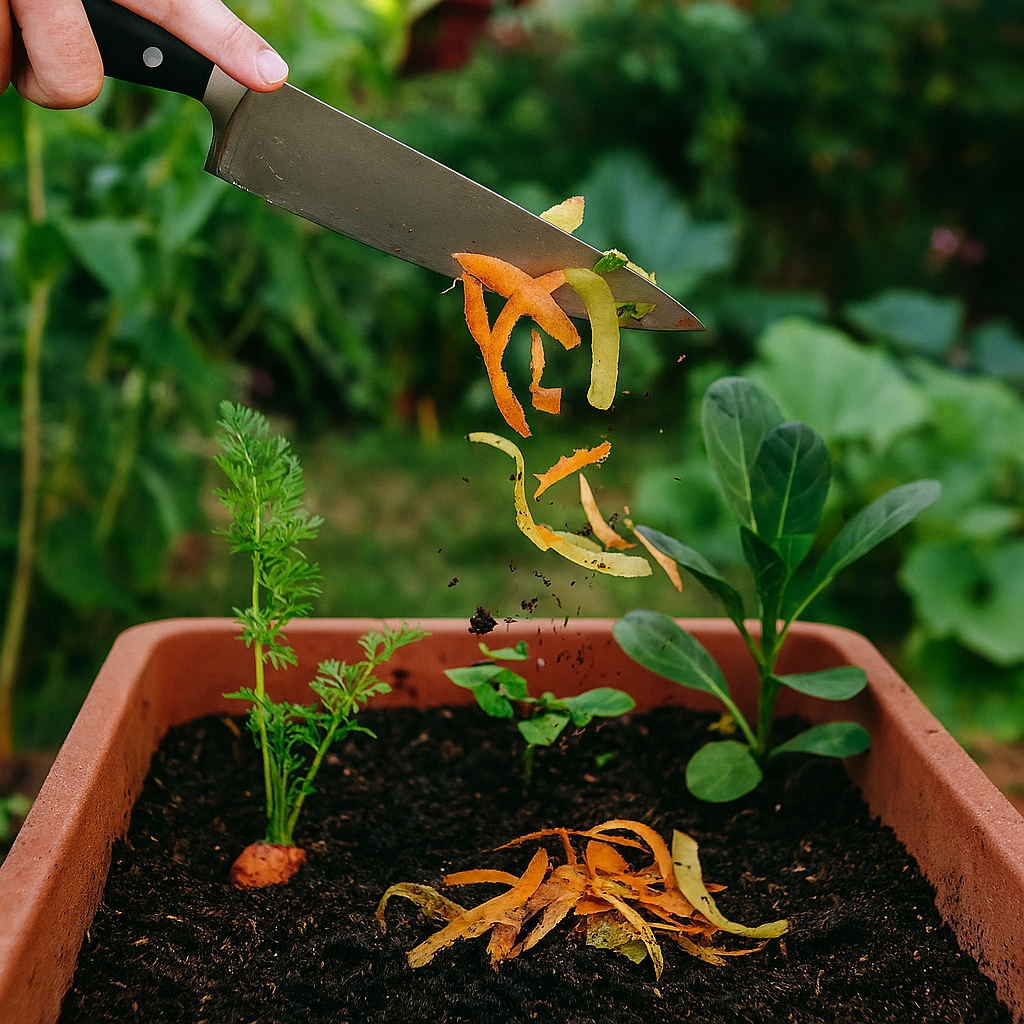
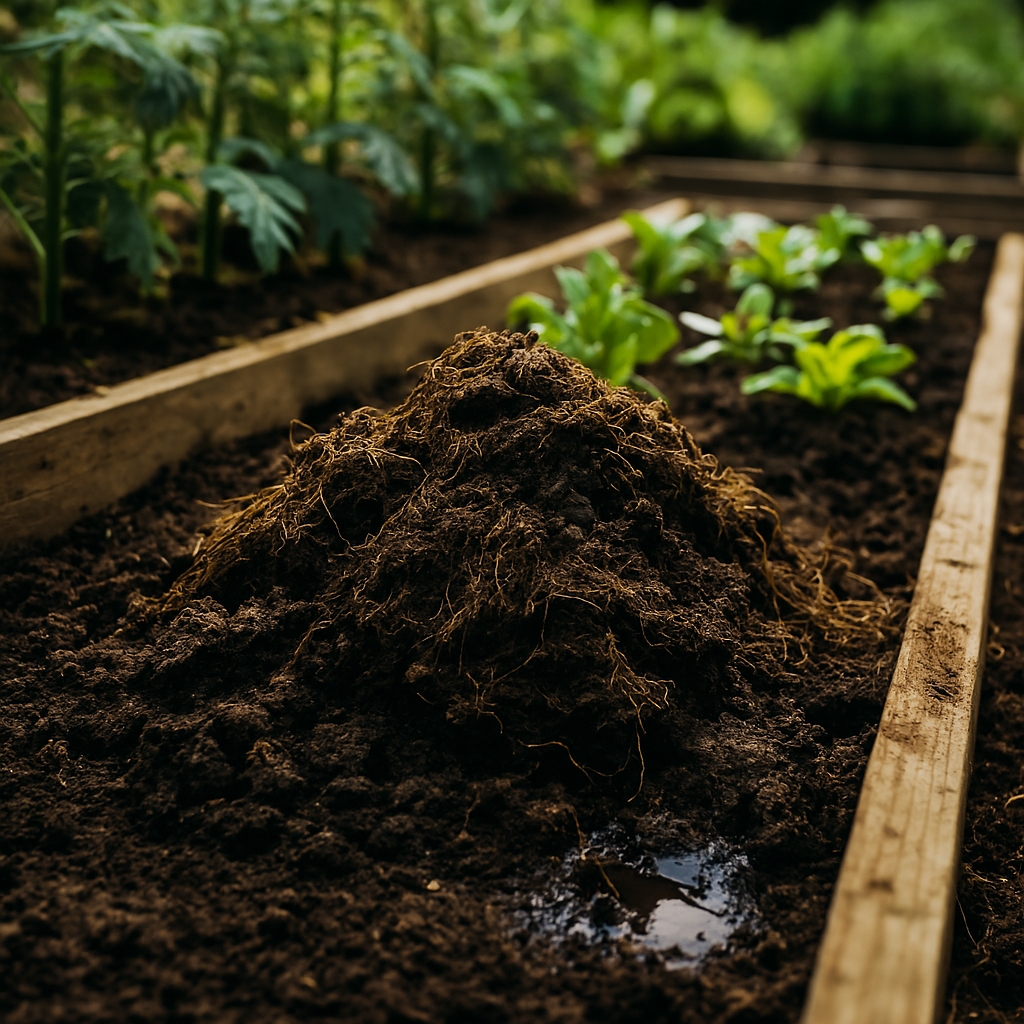
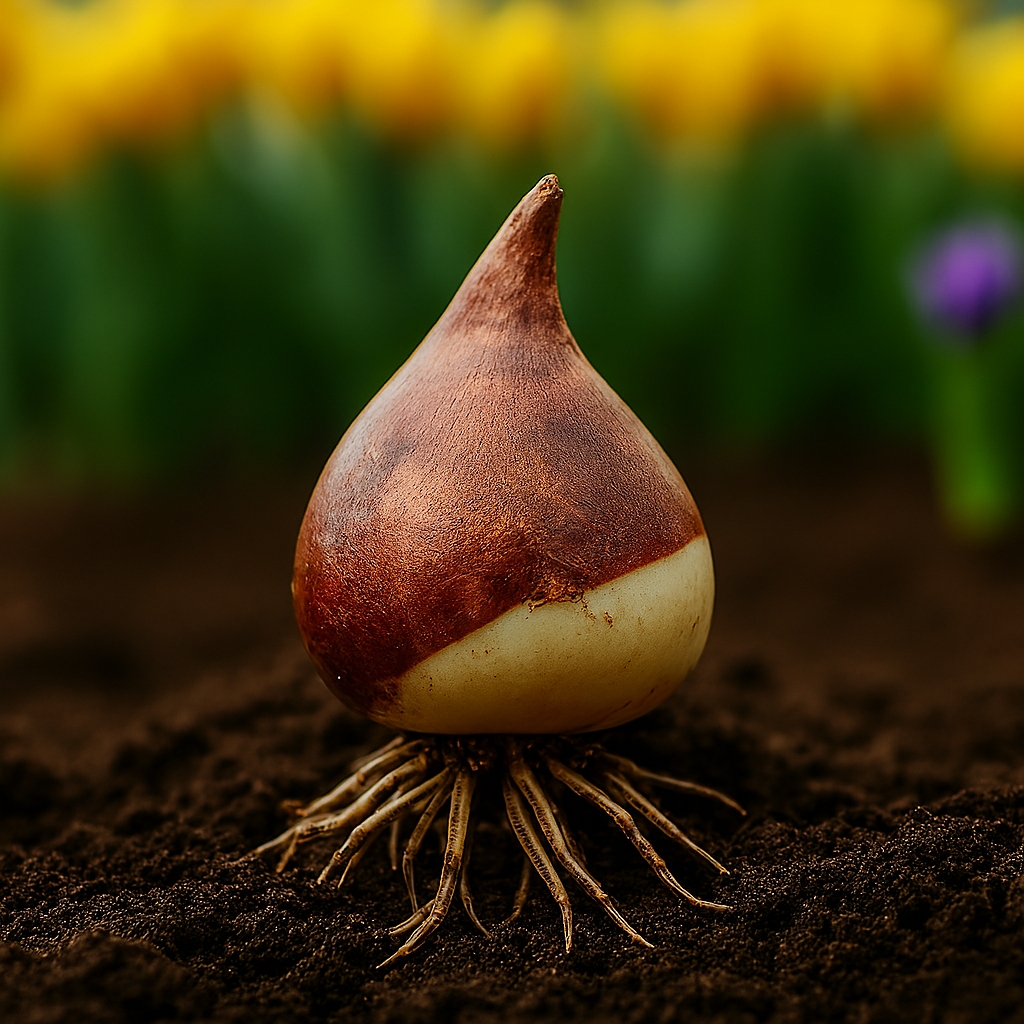
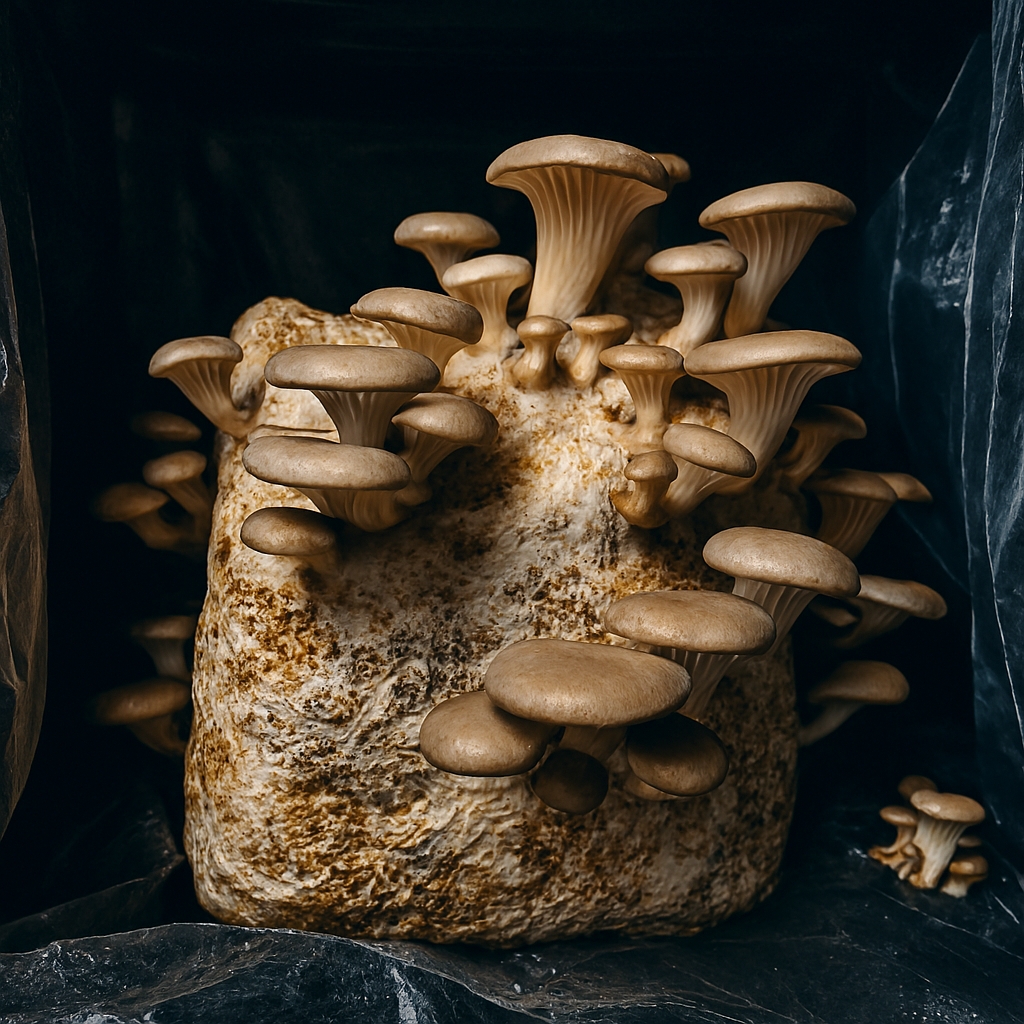
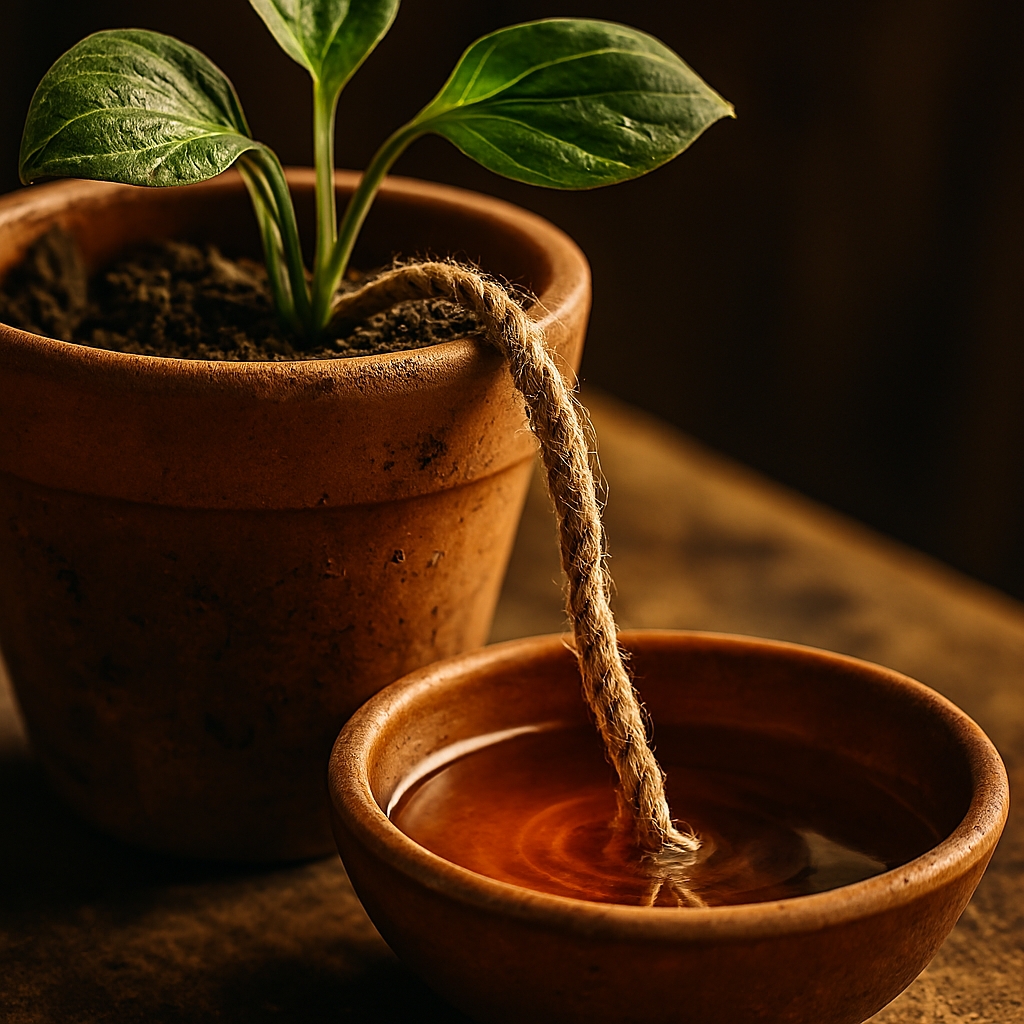
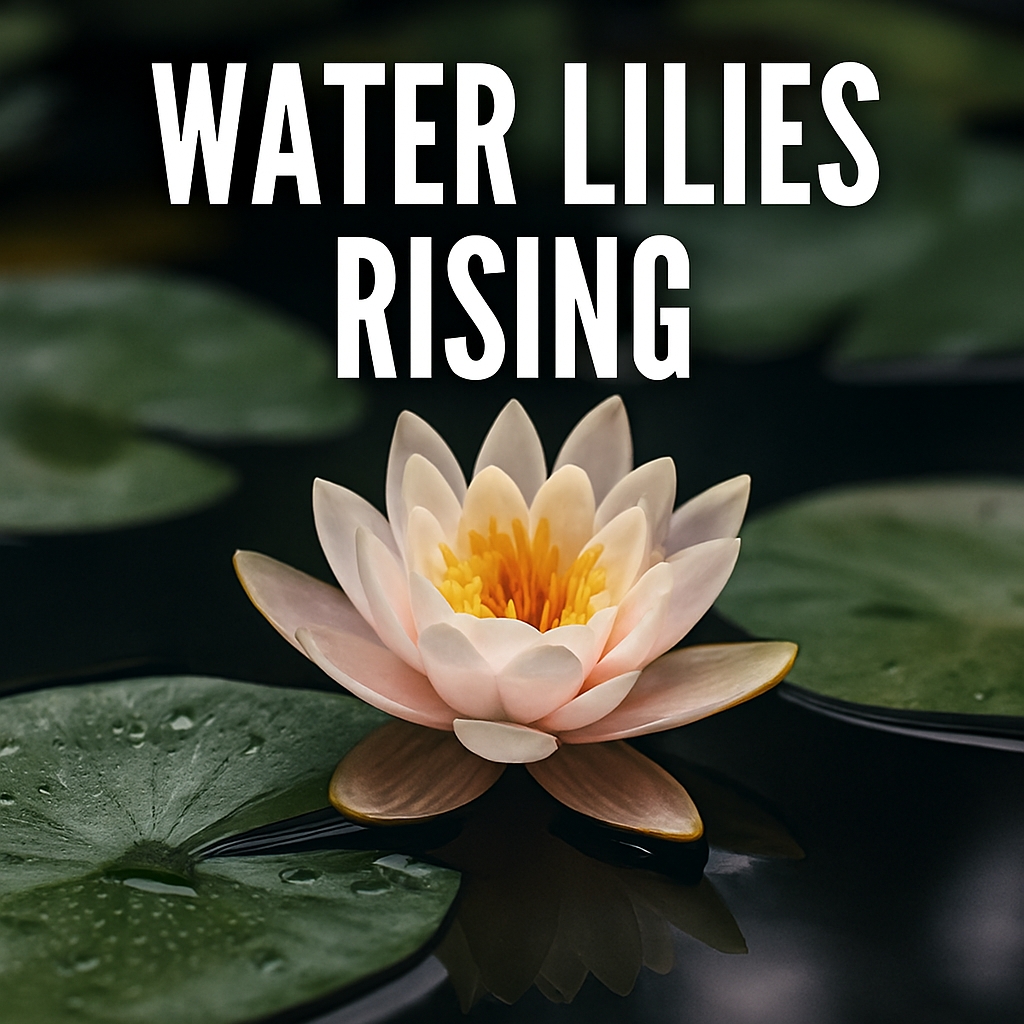
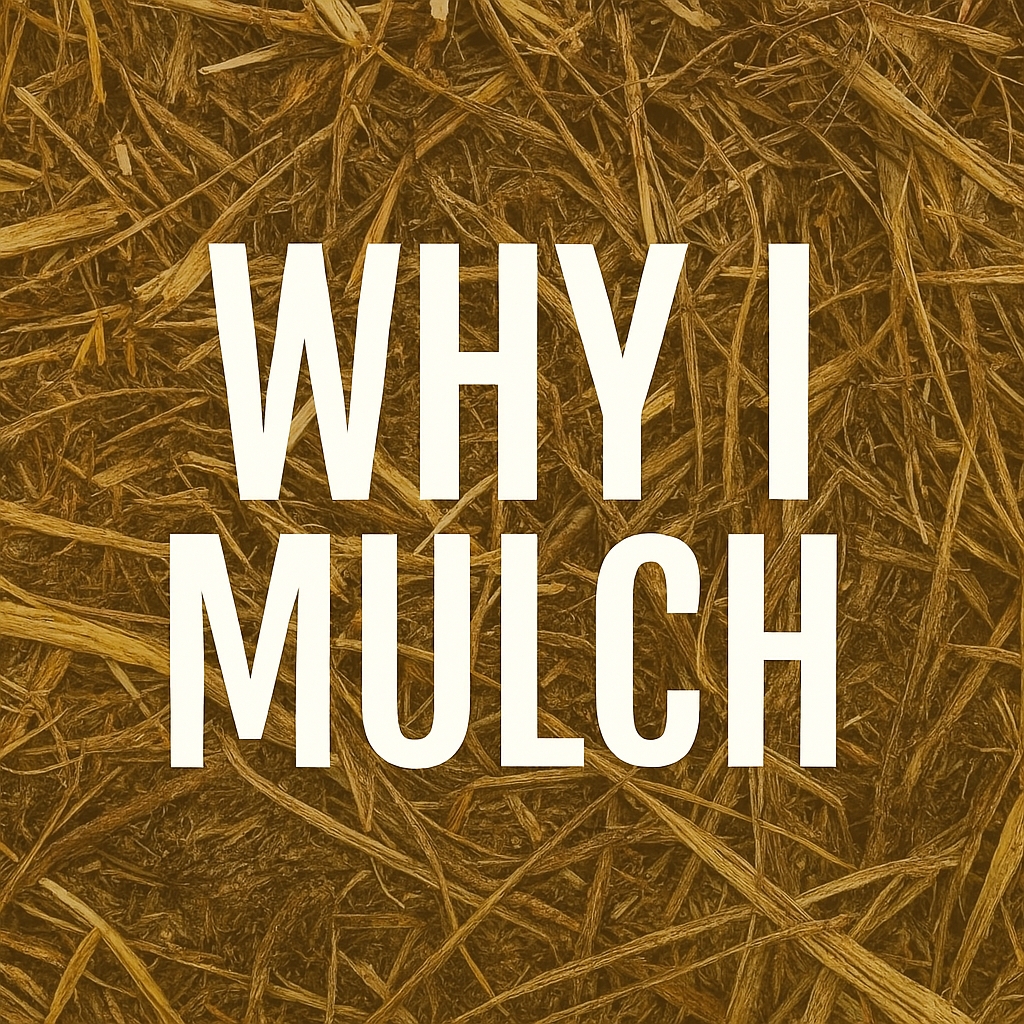
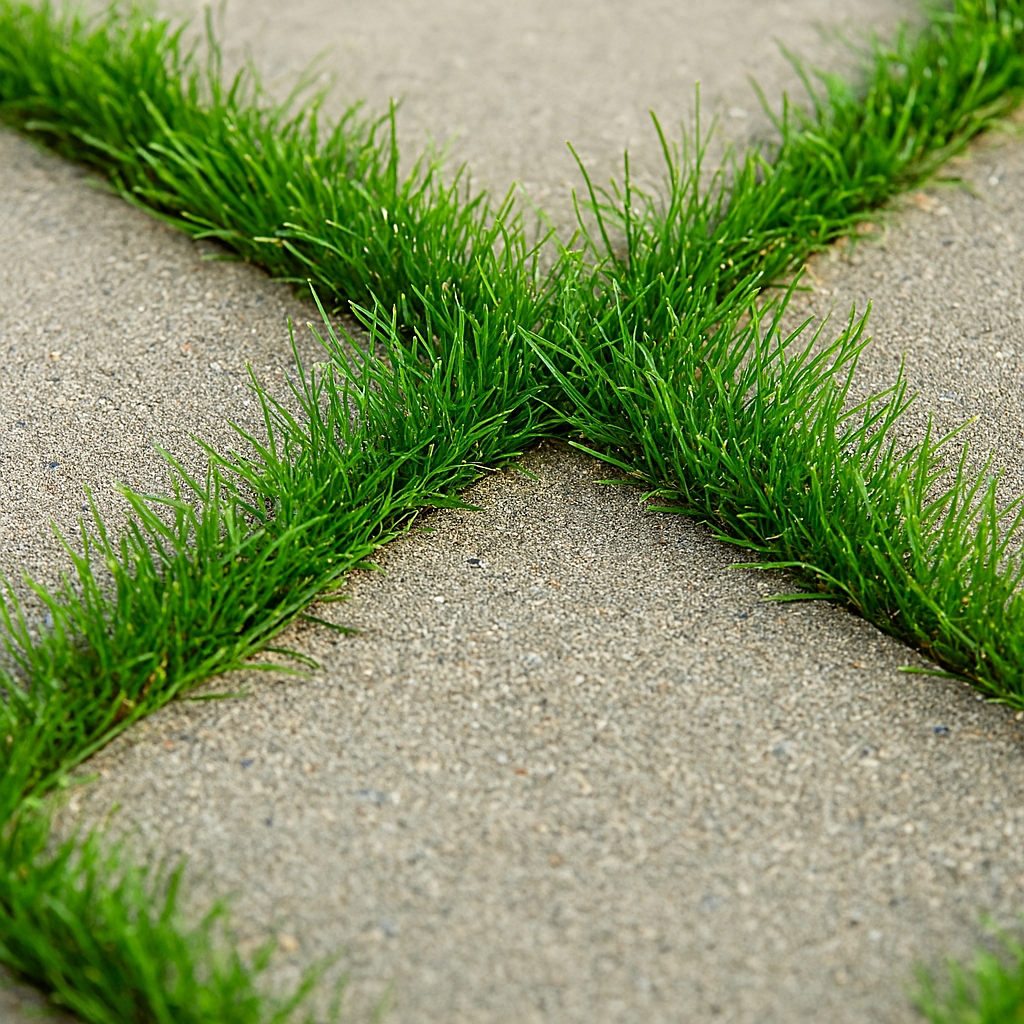
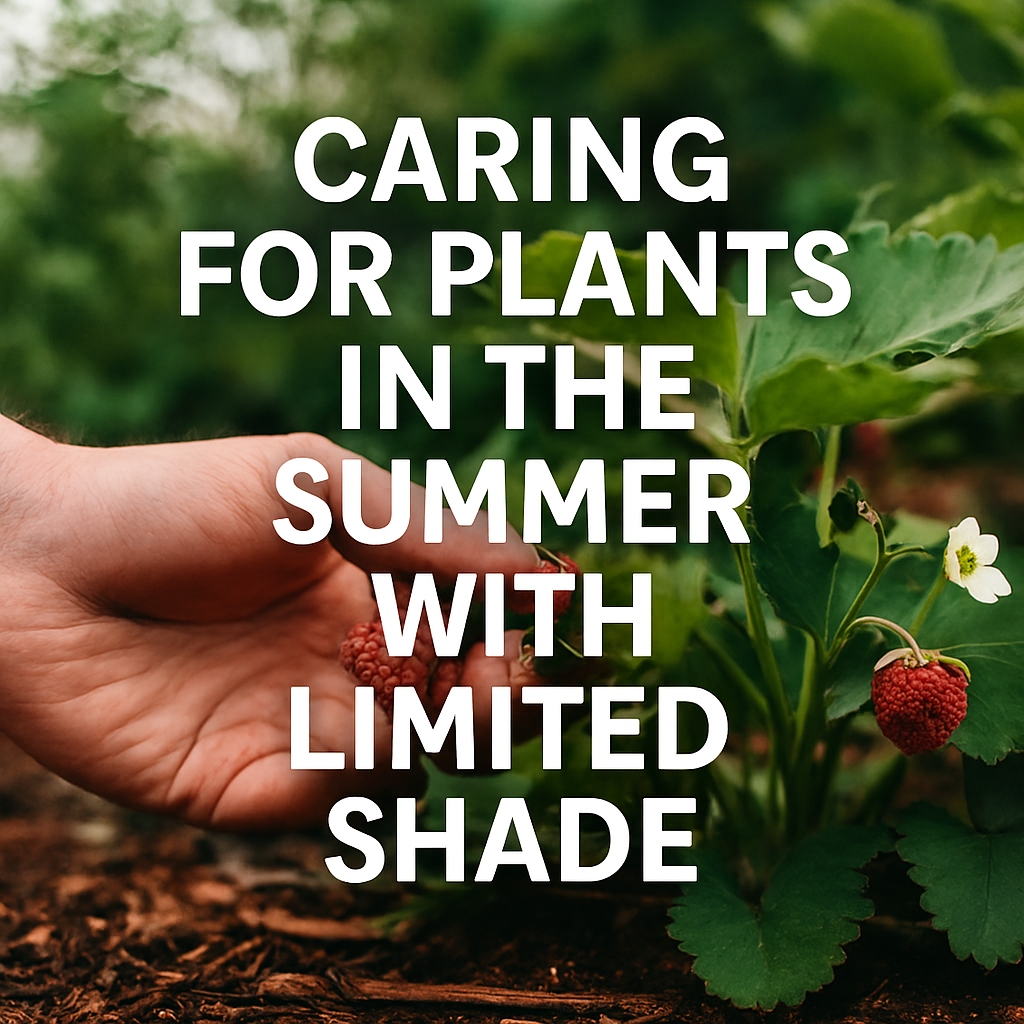

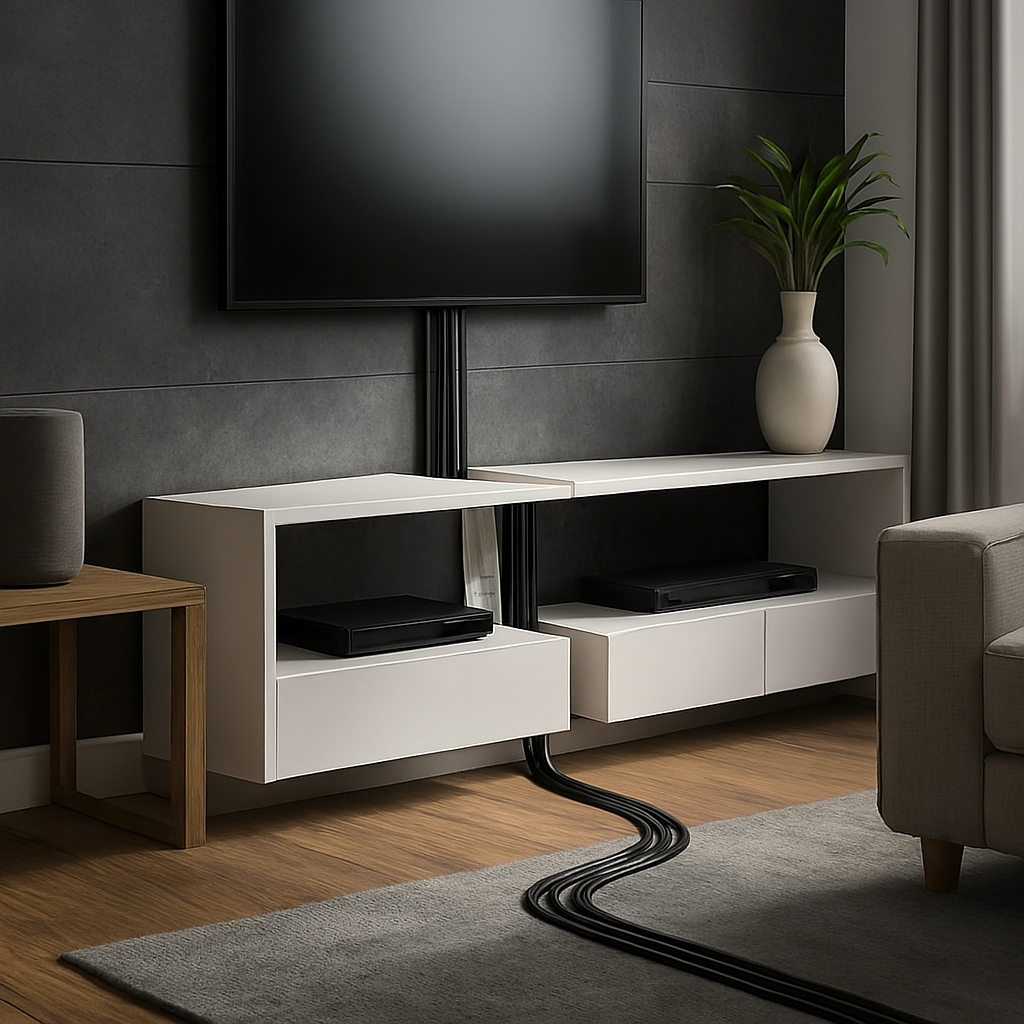

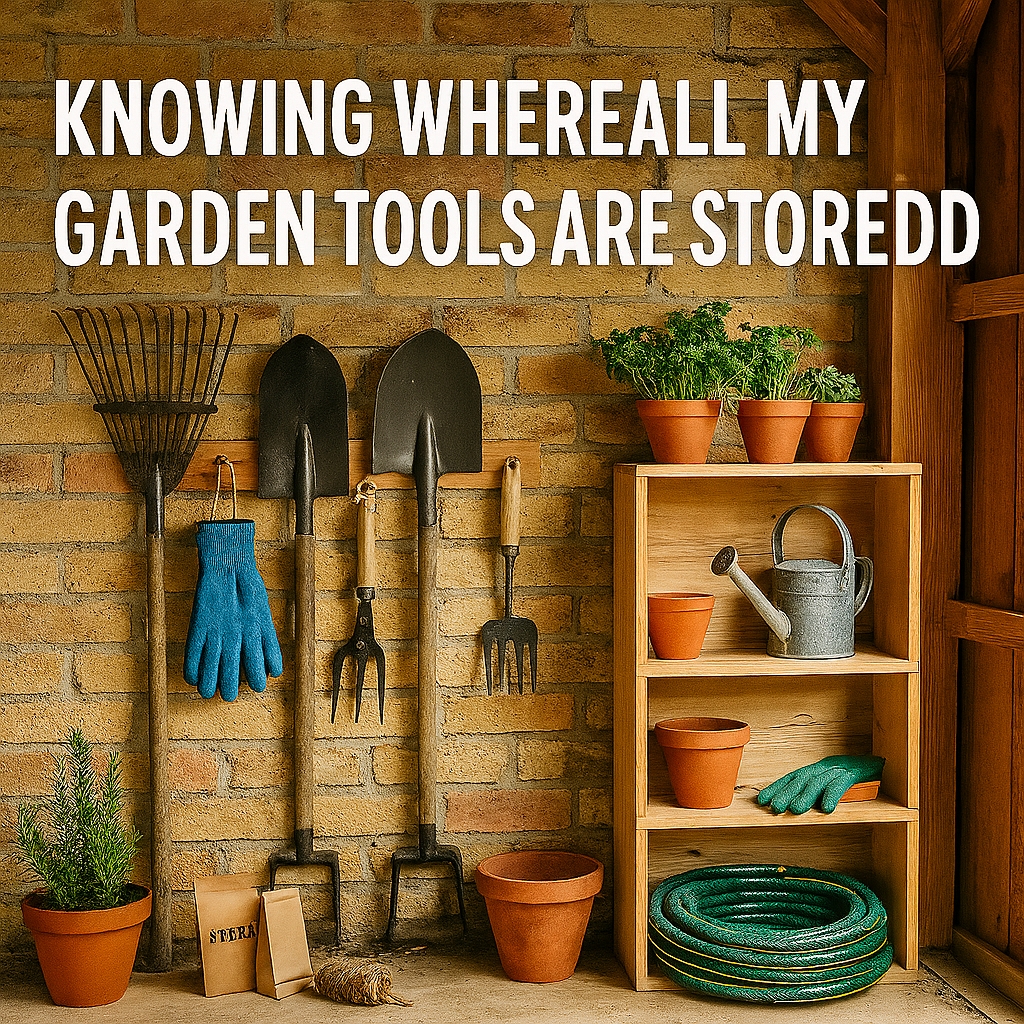
Psychology Of Feng Shui-How Spatial Design Helps Good Energy
[…] Contrast is not conflict. It’s coordination. Feng shui teaches us to use contrast symbolically. Psychology teaches us to use it behaviorally. Together, they create spaces that feel alive, responsive, and emotionally intelligent. […]